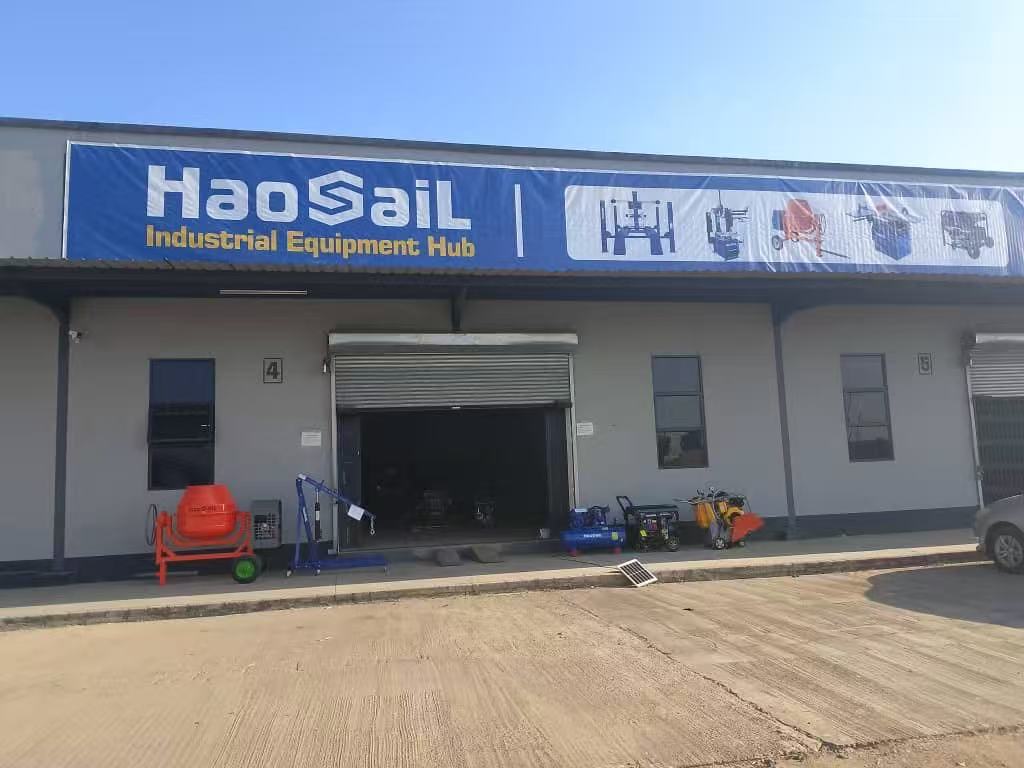
Aug 27, 2025
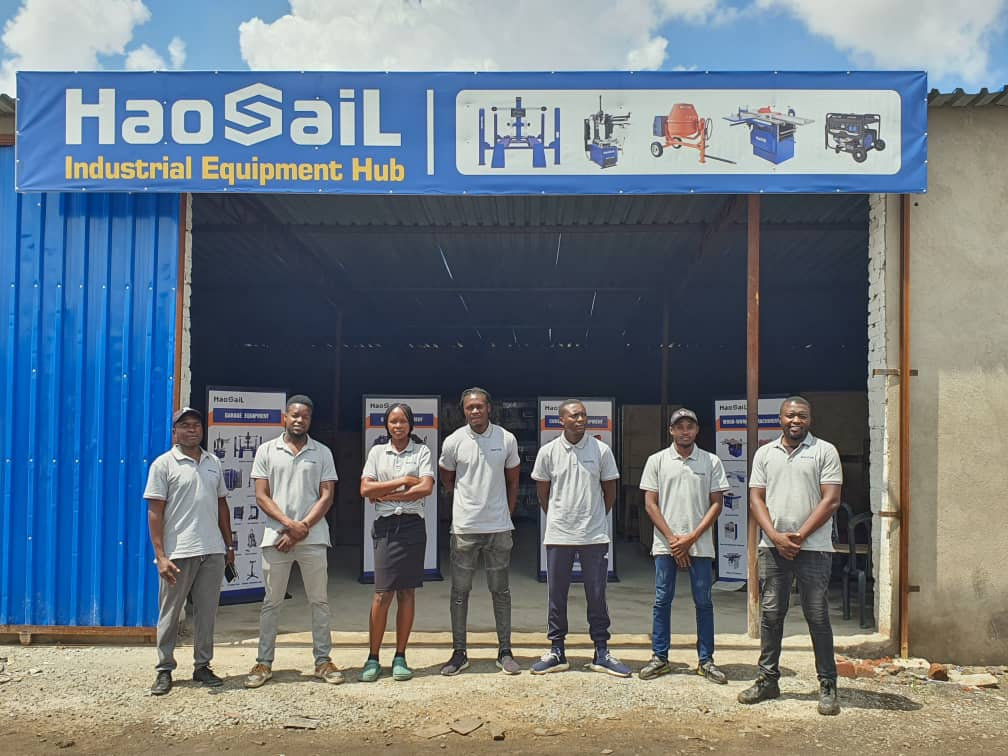
Aug 12, 2025
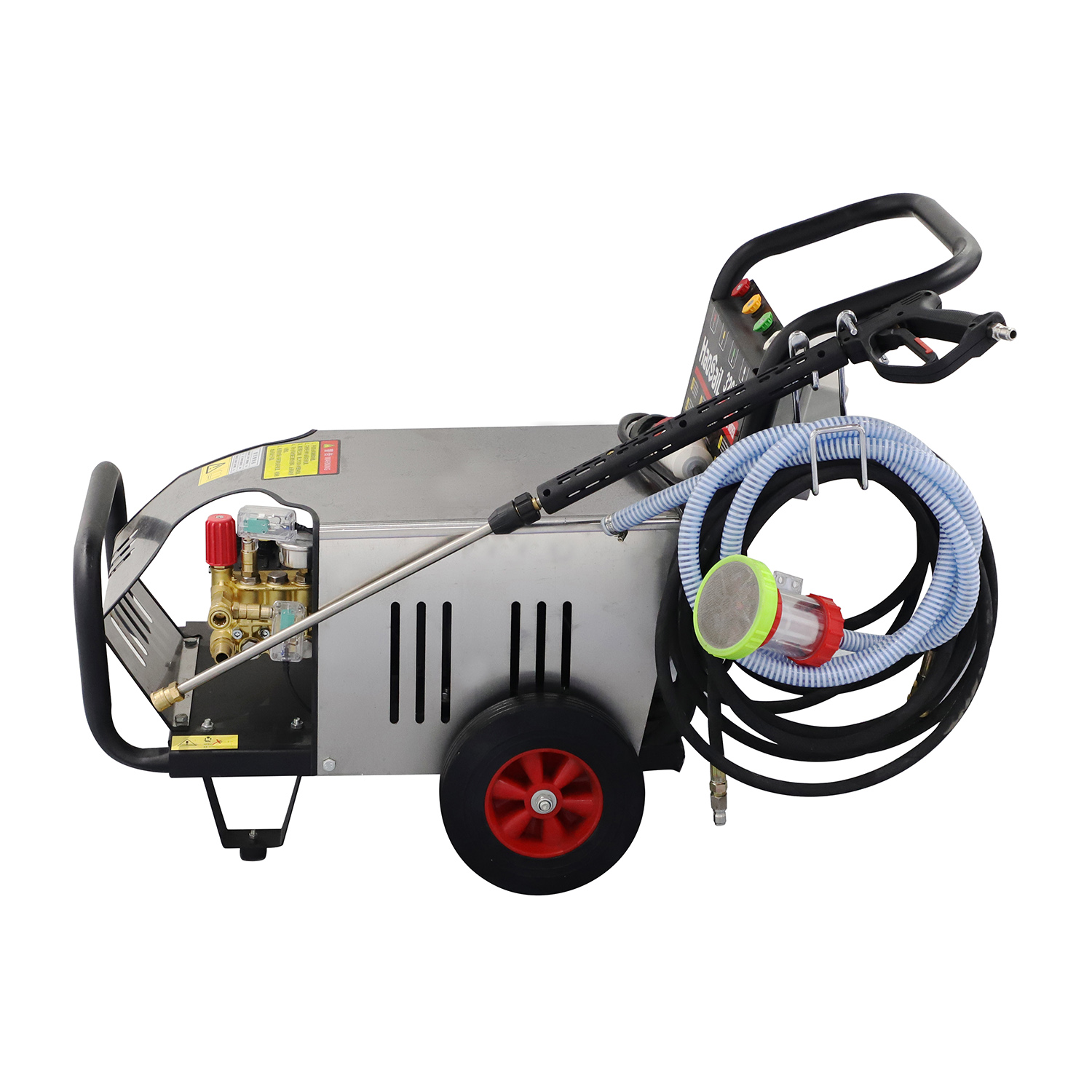
Jun 04, 2025
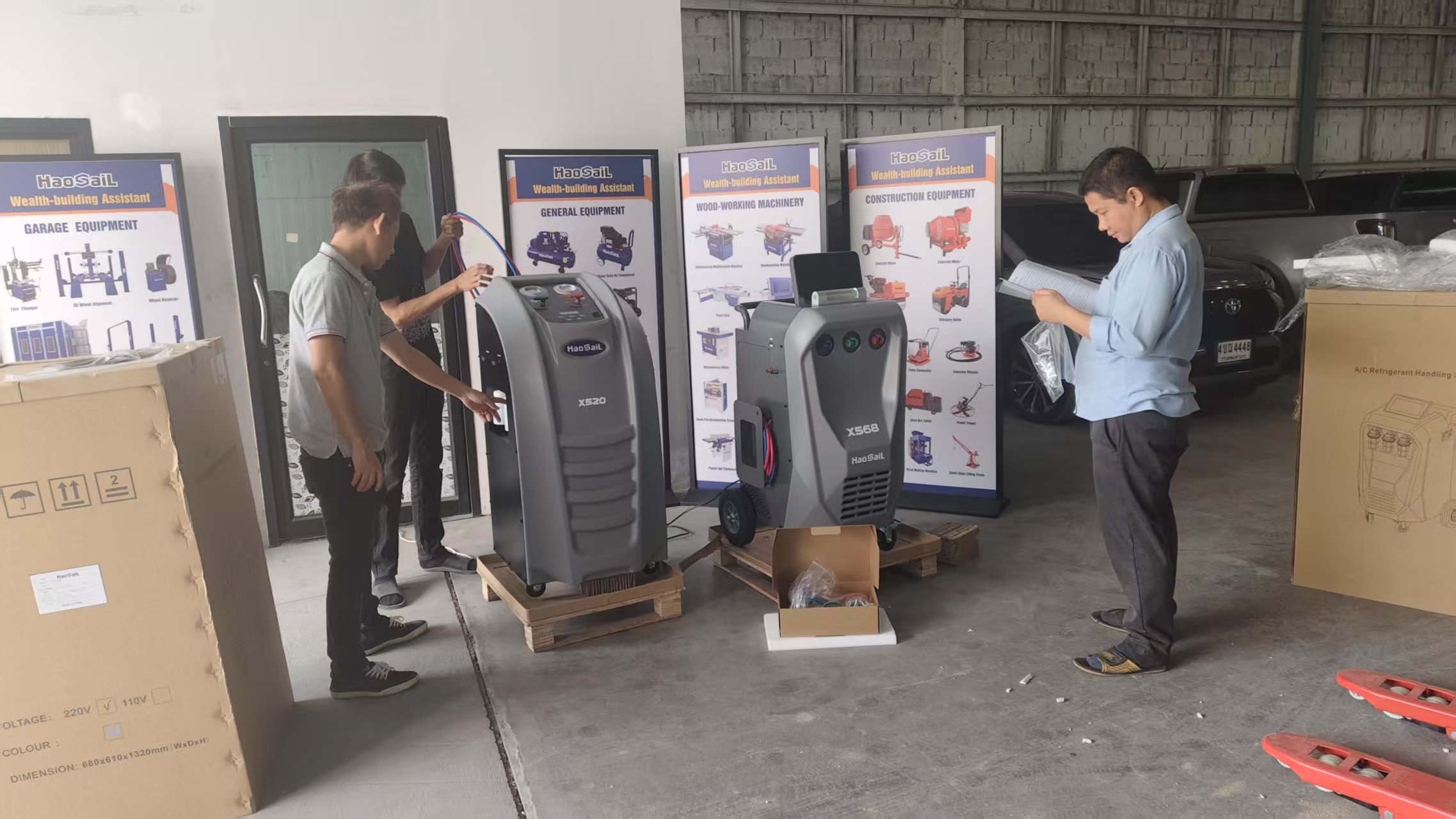
May 30, 2025
B4, Qingdao High-Tech Zone, No. 17 Songyuan Road, Qingdao.
+86 13864822549
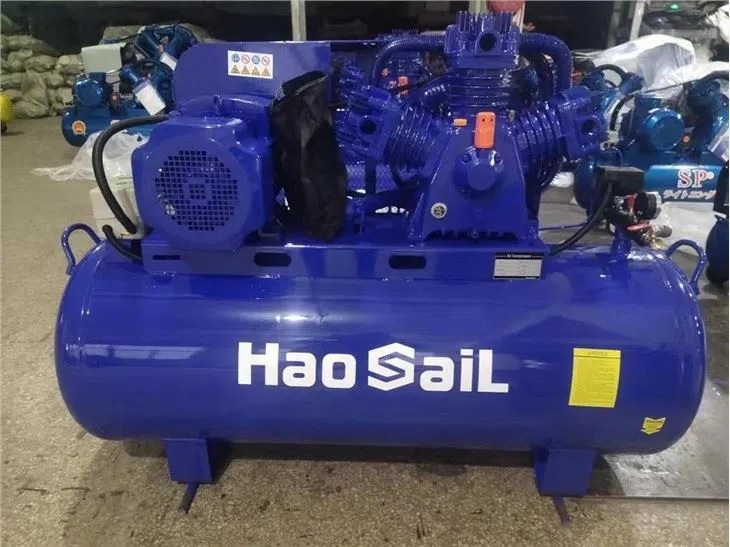
Air compressors are versatile tools that play a crucial role in various industries and home workshops. From powering pneumatic tools to inflating tires and even powering airbrushes for artistic purposes, air compressors offer a wide range of applications. However, to fully benefit from these machines, it is essential to understand their working principles and the precautions necessary for safe and efficient use. In this article, we will delve into the mechanics of air compressors and highlight key considerations for their proper operation.
An air compressor is a device that converts power (using an electric motor, diesel, or gasoline engine) into potential energy stored in pressurized air. By compressing air into a storage tank, the air compressor creates a reservoir of high-pressure air that can be used to power various tools and equipment. The basic principle behind an air compressor involves drawing in atmospheric air, compressing it to a higher pressure, and then storing it for later use.
There are several types of air compressors, but the most common ones are reciprocating (piston) compressors and rotary screw compressors. Reciprocating compressors use a piston within a cylinder to compress air. As the piston moves downward, it draws air into the cylinder. When the piston moves upward, it compresses the air, which is then released into the storage tank. This process repeats continuously, maintaining a steady supply of compressed air.
Rotary screw compressors, on the other hand, use two meshed helical screws to compress air. As air enters the compressor, it is trapped between the screws and forced through a smaller space, increasing its pressure. This type of air compressor is known for its continuous operation and high efficiency, making it suitable for industrial applications.
Air Intake: This is where atmospheric air is drawn into the compressor. Proper filtration is essential to prevent dust and debris from entering the system, which can reduce efficiency and damage internal components.
Compression Mechanism: This is the heart of the air compressor, where the actual compression of air takes place. It can be a piston or a pair of rotary screws, depending on the type of compressor.
Storage Tank: The compressed air is stored in a tank at high pressure. The size of the tank determines how much air can be stored and how long the compressor can run before needing to recharge.
Pressure Regulator: This component controls the output pressure of the air compressor. It ensures that the air delivered to tools or equipment is at the correct pressure, preventing damage to sensitive components.
Safety Valve: This is a critical safety feature that prevents over-pressurization. If the pressure inside the tank exceeds a safe limit, the safety valve releases excess air to protect the tank and other components from damage.
While air compressors are incredibly useful, they also come with potential hazards if not used correctly. Here are some essential safety precautions to keep in mind:
Regular Maintenance: Proper maintenance is crucial for the safe and efficient operation of an air compressor. Regularly check the air filter to ensure it is clean and free of debris. A clogged filter can reduce airflow and cause the compressor to overheat. Additionally, inspect hoses and fittings for signs of wear or damage. Leaking hoses can not only reduce efficiency but also pose a safety risk.
Proper Ventilation: Air compressors generate heat during operation, especially when running for extended periods. Ensure that the compressor is placed in a well-ventilated area to prevent overheating. Overheating can damage internal components and reduce the lifespan of the machine.
Correct Pressure Settings: Always use the air compressor at the recommended pressure settings for your specific tools and applications. Over-pressurizing tools or equipment can lead to damage and even accidents. Use a pressure regulator to ensure the correct output pressure.
Protective Equipment: When operating an air compressor, especially in industrial settings, it is important to wear appropriate protective gear. This includes safety glasses to protect against flying debris and hearing protection if the compressor is particularly noisy.
Drain the Tank Regularly: Moisture can accumulate in the storage tank, especially if the compressor is used in humid conditions. Regularly draining the tank helps to prevent rust and corrosion, which can compromise the integrity of the tank and reduce the compressor's efficiency.
Avoid Overloading: Do not overload the air compressor by connecting too many tools or using tools that require more air than the compressor can supply. This can strain the motor and lead to overheating or even motor failure.
Proper Storage: When not in use, store the air compressor in a dry, cool place. Protect it from extreme temperatures and moisture, which can damage the electrical components and other parts of the machine.
Air compressors are indispensable tools in both industrial and home settings, providing a reliable source of compressed air for a variety of applications. Understanding their working principles and taking the necessary precautions during use are essential for maximizing their efficiency and ensuring safety. By maintaining the air compressor properly, using it within recommended parameters, and following safety guidelines, you can extend its lifespan and enjoy hassle-free operation. Whether you are using an air compressor for professional tasks or DIY projects, always prioritize safety and proper usage to get the best results.